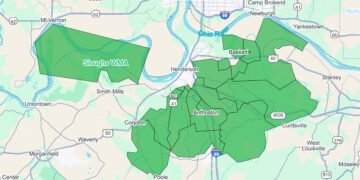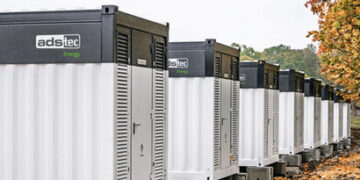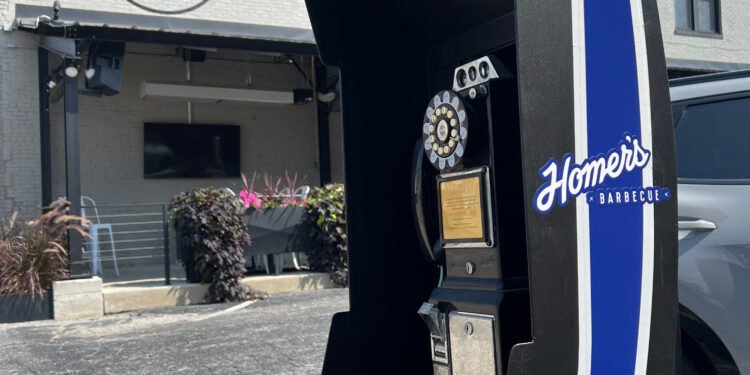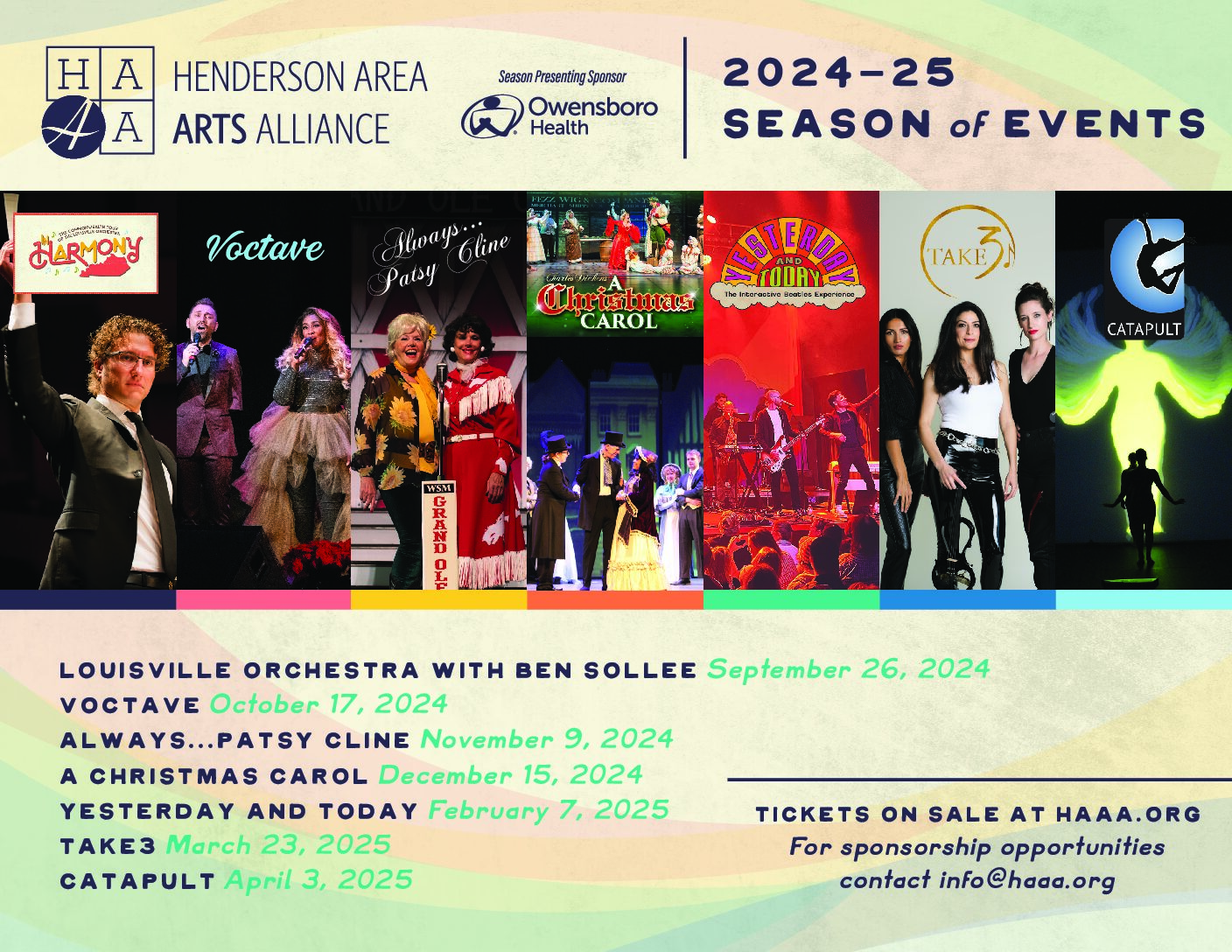(This article first appeared in the September print edition of the Hendersonian.)
Gather around, kiddies, and let me tell you stories about something you’ve maybe never seen, at least not in a long time.
I’m talking about pay phones.
There was a time when people didn’t walk around with a phone in their pocket. Telephones were pretty much tethered to the wall of homes and businesses, and sufficiently heavy that you wouldn’t have wanted to tote them around very much.
So if you were out and needed to call somebody, you would look around for a pay phone. You usually didn’t have to look for very long. They were everywhere: on street corners, in cafés and saloons, inside airport terminals and bus and train stations, outside grocery stores and gas stations—more than 2 million nationwide at their peak in the late 1990s.
For most of their existence, users placed calls at pay phones by depositing coins—nickels, dimes or quarters—into slots at the top of the big metal contraption. When I was young, a local call cost 10 cents. Long-distance calls cost considerably more, depending on whether you placed a station-to-station call or an operator-assisted person-to-person call. (Phone calls used to be complicated.)
I remember being incensed when the cost of a local call rose to 25 cents. It seemed scandalous.
It was a long time ago.
Henderson had its share of pay phones. Perhaps the coolest was inside a vintage wooden phone booth on the ground floor of the Henderson County Courthouse. It had a seat inside—a rarity—and, of course, a phone book. (Yes, youngsters, the phone company used to print everybody’s phone number in a book that was updated and reprinted every year.)
One of the more unusual examples was a curbside pay phone in the 400 block of North Elm Street, beside the city bus garage. A motorist could drive up, roll down their window and place a call.
Even before mobile phones became ubiquitous, pay phones were starting to fade. I remember getting a news release many years ago—probably from the old South Central Bell—announcing that it was removing the pay phone from the Henderson County Public Library.
“At that time it was between the women’s restroom and the janitors room” across from the former circulation desk, recalled former librarian Don Wathen. “It was there, I’m pretty sure, through the 1980s …
“It was not used much,” Don said. “There was no privacy. The staff did not like it. Those who used it generally made too much noise. We may have asked for its removal. I just don’t remember.”
As Ma Bell began removing its pay phones from service, private pay phones—known as “customer-owned, coin-operated telephones,” or COCOTs—began appearing. As of 1991, there were hundreds of COCOTs on file with the Kentucky Public Service Commission, from individual pay phones to for-profit networks. There were five in Henderson, including at Skateway USA, Henderson Home Federal Savings & Loan and the Henderson Pee Wee Baseball PCMA fields.
But it’s evident the long-term business prospects weren’t viable.
Incredibly, there are online pay phone directories to which folks can report the location and phone number of the nation’s remaining pay phones. But one such site acknowledges that with “the decline of Pay Phones around the world, this website has become completely obsolete”; it remains online “for historical reasons.”
None of the four pay phones listed in Henderson—three at c-stores and one at Rookie’s—exist today. I checked.
“Do you have a pay phone?” I asked a young man behind the counter at one of the c-stores.
“A what?” he said.
My favorite Henderson pay phone story was told by a former colleague. It was the night of April 12, 1994, and then-wildly popular Kentucky basketball coach Rick Pitino came to town to be the keynote speaker at the annual dinner of the Henderson Chamber of Commerce.
Afterward, local attorney Ron Sheffer arranged to take Pitino to Metzger’s Tavern, which back in those days was a must-do gesture for visiting dignitaries such as governors. It was relatively late at night, when Metzger’s was usually dead. But the word had gotten out —the joint was packed that night.
Gleaner Editor Ron Jenkins was in that crowd. He placed a call—probably using the pay phone that used to stand outside the front door at Metzger’s—to the Gleaner newsroom to have somebody hustle a camera over for him to take pictures of the spectacle.
My colleague, working late on the copy desk, drove over with a camera. He had to park nearly a block away, since the parking lot at the tavern was overflowing. To his astonishment, he recognized the person outside on the Metzger’s pay phone.
Two young men from the neighborhood were walking past Metzger’s at that exact moment. One of them backhanded his buddy on the shoulder. “Hey man,” he exclaimed. “Do you know who that was? That was Rick (expletive deleted) Pitino!”
(Ron Sheffer said the coach was calling a player he was recruiting.)
One by one, though, pay phones disappeared.
Hardly any remain—and, so far as I can tell, there are none at all in Henderson.
Except for a faux-rotary dial pay phone that recently appeared outside Homer’s Barbecue on Second Street, bearing the Homer’s name. It doesn’t have a dial tone, though (that might take some more explaining) and Homer’s owner Casey Todd said he doesn’t expect it to ever be functional. Not exactly.
It will, though, be a conversation piece.





















